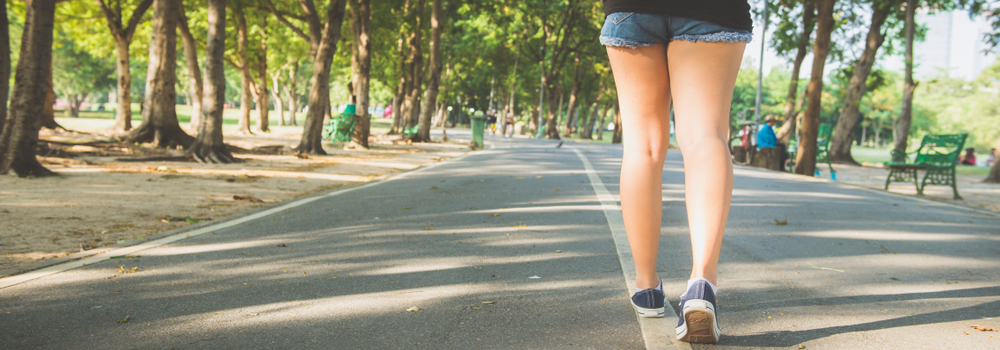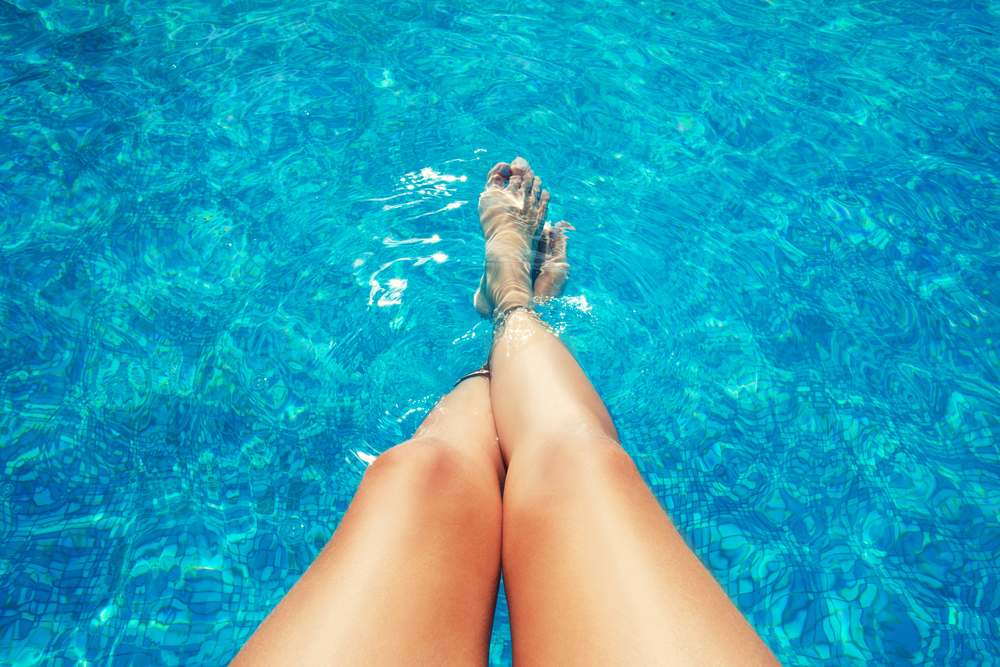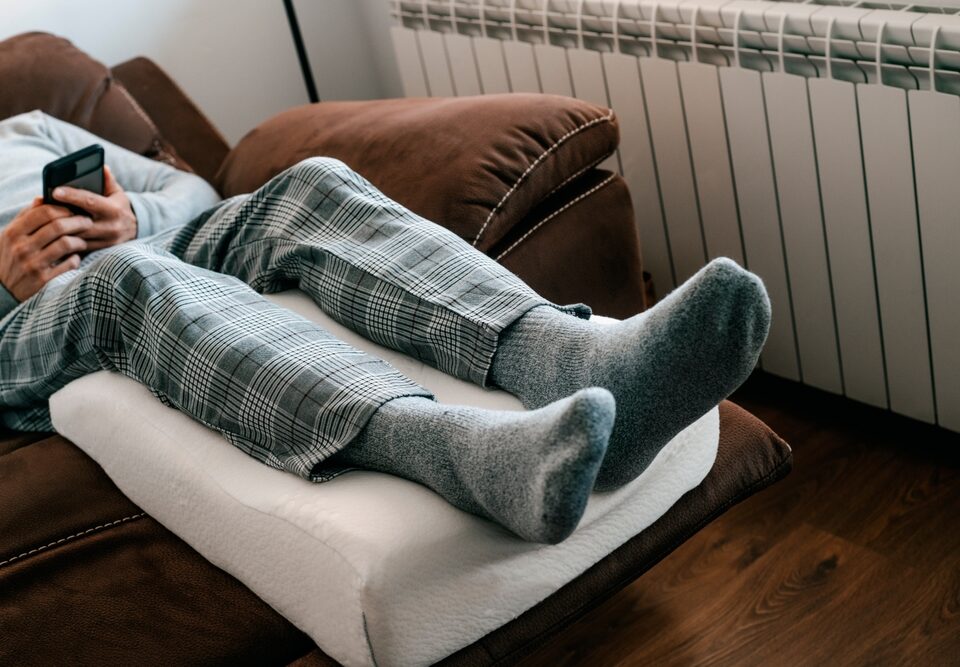
Preventing Varicose Veins and Spider Veins
April 27, 2018
Swimming, The Perfect Exercise for Leg Health
May 6, 2018While many individuals are familiar with sclerotherapy as a treatment for spider veins, there are still some misconceptions about the procedure.
Here’s 10 frequently asked questions about this vein-dissolving procedure.
1. What Does Sclerotherapy Treat?
Sclerotherapy is a non-invasive treatment for spider veins, reticular veins, or small varicose veins in the legs or lower extremities.
It should never be performed on veins in the face or hands.
2. What Are Spider Veins?
Spider veins are red and purple in color and web-like in their appearance.
They occur when damaged valves cause blood to flow backwards towards the lower extremities, rather than returning to the heart.
3. How Does Sclerotherapy Work?
A sclerosing solution that is made up of hypertonic saline or sodium tetradecyl sulphate is injected into the affected spider vein.
This sterile substance inflames vein walls and causes them to collapse and be reabsorbed by the body.
4. Does the Procedure Hurt?
Sclerotherapy is typically performed without any anesthetic, though a topical numbing cream can be applied 30 minutes before at the patient’s request.
Other than a mild stinging sensation, most individuals find the procedure fairly comfortable.
5. Is There Any Downtime Associated with This Treatment?
Most sclerotherapy sessions can be performed over a lunch break and take between 15-60 minutes depending on the number of veins being injected.
Patients can resume all normal activities after their appointment, but should avoid intense exercise for several days.
6. Do I Need to Follow Any Special Instructions After Sclerotherapy?
Patients should take care to walk around after treatment to improve circulation. They will also be advised to wear a compression garment or stockings for one-to-three weeks.
For this reason, many individuals opt to have sclerotherapy during the winter when these items can be better concealed.
7. How Many Treatments Will I Need?
For mild cases of spider veins, one-to-two sessions, spaced three-to-four weeks apart may be sufficient.
However, most providers recommend a series of two-to-four treatments for optimal results.
8. Will Anything Happen If I Don’t Treat My Spider Veins?
Spider veins are a cosmetic concern and will not cause harm if left untreated.
Women elect sclerotherapy to improve the appearance of their legs and feel better about exposing this area of the body.
9. Are There Any Side Effects?
Some minimal bruising, swelling, redness, and itching at the injection site are common after a sclerotherapy treatment.
These effects gradually resolve on their own within two-to-three weeks.
10. Is Sclerotherapy Covered by Insurance?
Because it is an aesthetic treatment, most insurance companies do not provide coverage for sclerotherapy.
Want to know more about sclerotherapy treatment in Maryland? Call the Vein Center of Maryland to schedule an appointment today.
We are conveniently located in Westminster, Eldersburg, Baltimore, Hunt Valley and Bel Air.
We also service Ellicott City and Columbia in Howard County.



